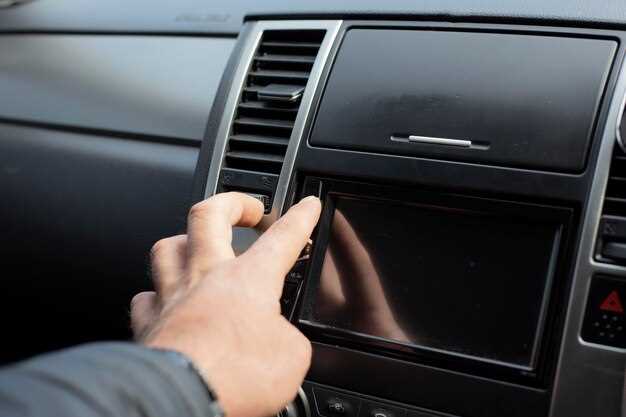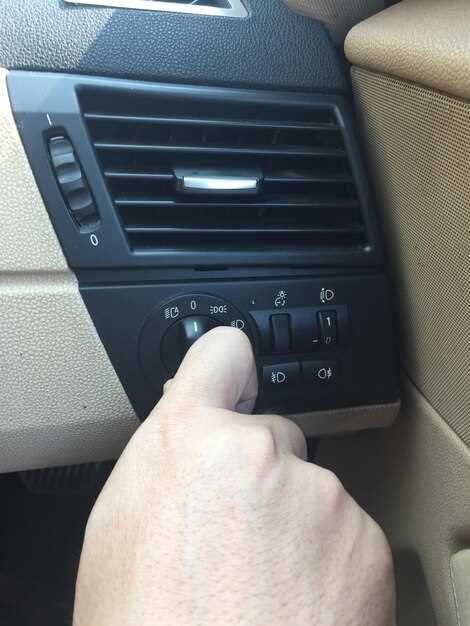
Experiencing issues with your vehicle’s power windows can be both frustrating and inconvenient. Understanding the underlying reasons for these problems is essential for effective troubleshooting. Power windows rely on a combination of electrical components, including switches, wiring, and motors, making it crucial to pinpoint the specific issue affecting the functionality.
One common source of power window problems is a faulty switch. If the switch does not engage properly, the window will fail to respond when activated. It’s important to test the switch before delving deeper into other potential issues. A simple multimeter can help determine if the switch is receiving power and sending an output signal to the window motor.
In addition to the switch, wiring issues can also create significant issues. Damaged or corroded wiring can disrupt the power supply to the windows, causing them to operate intermittently or not at all. Checking the wiring harness for wear and tear can reveal hidden problems that need to be addressed to restore functionality.
Finally, the power window motor itself may be the culprit behind your vehicle’s window woes. If power is making it to the switch and the wiring is intact, but the window still doesn’t move, the motor may be defective. Diagnosing power window issues requires a methodical approach, ensuring that each component is thoroughly tested until the underlying problem is identified.
Identifying Common Symptoms of Power Window Failures

Power windows are a convenience feature in modern vehicles, but when they fail, it can be quite frustrating. Recognizing the symptoms of power window failures is essential for timely diagnosis and repair.
One of the most common signs is the failure of the switch to respond. When you press the power window switch, it may not activate the window movement. In some cases, the window might move only partially or not at all, indicating an issue with the switch itself or the wiring connected to it.
Another symptom is unusual sounds when attempting to operate the power windows. If you hear grinding or clicking noises, this could suggest that the window motor is struggling to work, possibly due to a worn-out component or obstruction within the window mechanism.
A window that moves slowly or appears to be stuck can also signal problems with the power window system. This could be a result of a failing motor or a buildup of debris in the window track, affecting its ability to move smoothly.
Sometimes, all windows might fail to operate simultaneously. This situation often points to a blown fuse or a malfunctioning master switch. When multiple windows are unresponsive, checking these components first can save time and effort.
Lastly, intermittent operation of the power windows can indicate a failing switch or electrical connection. If the windows work sporadically, it may suggest that the wiring is compromised or that there is a loose connection within the system.
Testing and Troubleshooting Power Window Switch Malfunctions

When dealing with power windows, one common issue can arise from the malfunctioning of the power window switch. This component is essential for controlling the movement of your vehicle’s windows, and diagnosing any problems accurately is crucial for an effective repair.
Step 1: Visual Inspection
Begin by examining the power window switch for any visible signs of damage. Look for cracks, broken parts, or dirt accumulation that could interfere with the electrical connection. Ensure that the switch is securely mounted in its housing.
Step 2: Testing the Switch
Utilize a multimeter to test the functionality of the switch. Set the multimeter to check for continuity. Carefully disconnect the power window switch from the circuit and then touch the multimeter probes to the switch terminals. Press the switch in both the up and down positions; a functional switch should show continuity in one or both states. If there is no change in continuity, the switch may be faulty.
Step 3: Checking the Wiring
Inspect the wiring connected to the power window switch. Look for frayed wires or loose connections that can create issues. Use the multimeter again to check the voltage at the switch terminals while the vehicle is running. If there is no voltage present when the switch is activated, the problem may originate from a blown fuse or a malfunctioning relay.
Step 4: Bypass the Switch
If you suspect the switch is defective, you can temporarily bypass it to test whether the windows operate correctly. Carefully connect the power supply directly to the window motor. If the windows function properly, this confirms the switch is the issue.However, take necessary precautions when performing this step to avoid injury or further damage.
Conclusion
Testing and troubleshooting power window switch malfunctions require a methodical approach. By following the steps outlined above, you can determine whether the issue lies within the switch, wiring, or another component in the power window system. Proper diagnosis is key to restoring functionality to your windows and ensuring safe operation of your vehicle.
Step-by-Step Guide to Repairing Power Window Problems
If your vehicle’s power windows are experiencing issues, follow this detailed guide to diagnose and repair the problem effectively.
Step 1: Identify the Issue
Begin by observing the symptoms. Do the windows refuse to move, or do they only move partially? This can help narrow down the potential causes, whether it’s a faulty switch, a blown fuse, or a malfunctioning motor.
Step 2: Check the Fuse
Locate the fuse box in your vehicle and find the fuse related to the power windows. Consult the owner’s manual if necessary. A blown fuse is a common issue that can be easily replaced. If the fuse appears to be intact, move on to the next step.
Step 3: Inspect the Switch
The window switch is another common culprit. Remove the switch panel from the door and use a multimeter to test for continuity. If the switch does not function as expected, it may need to be replaced. Ensure the connections are clean and secure before proceeding.
Step 4: Examine the Window Motor
If the switch is operational, the next step is to inspect the window motor. Remove the inner door panel to access the motor. Test the motor directly by applying power to it. If the motor does not respond, it will likely need to be replaced.
Step 5: Check the Wiring
Inspect the wiring harness connected to the window switch and motor. Look for any signs of fraying or disconnection. Faulty wiring can cause intermittent window issues. Repair any damaged wires to restore functionality.
Step 6: Reassemble and Test
After addressing the identified issue, reassemble the door panel and test the power windows to verify that the problem has been resolved. Ensure that each window operates smoothly before finalizing the repair.
By following these steps, you can effectively diagnose and repair issues with your vehicle’s power windows. If problems persist, consider consulting with a professional mechanic for further assistance.

